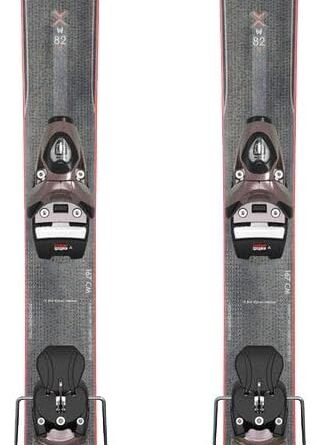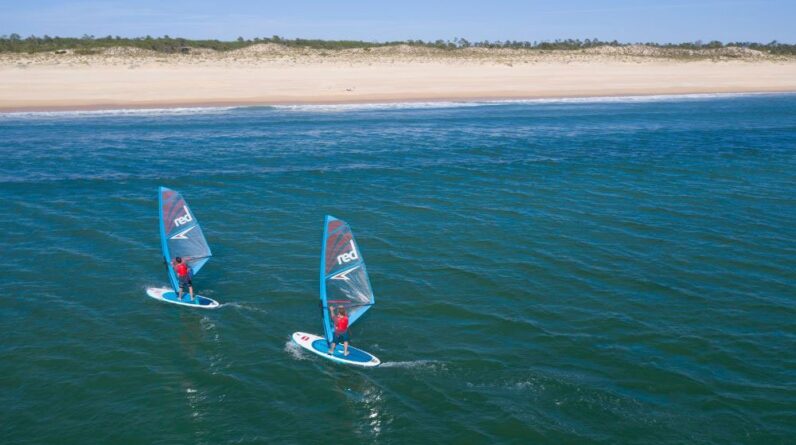
Windsurfing in strong winds can offer an exhilarating experience, but it’s crucial to prioritize safety. To help you navigate the choppy waters with confidence, this article explores essential safety measures for windsurfing in challenging conditions. From proper gear and equipment checks to mastering wind awareness and staying attuned to your limits, this guide will equip you with practical tips to ensure a safe and enjoyable windsurfing adventure even in the strongest of winds. So, before you set sail, let’s take a closer look at how you can stay safe while harnessing the power of the wind.
Safety Measures for Windsurfing in Strong Winds
Windsurfing in strong winds can be exhilarating and challenging, but it is important to prioritize safety to prevent accidents and ensure an enjoyable experience. By following a few crucial safety measures, you can minimize risks and maximize your windsurfing adventure.

This image is property of windy.app.
Importance of Safety Measures
Safety measures are of utmost importance in any water sport, and windsurfing is no exception. Strong winds can create powerful gusts, making it essential to take precautions to avoid injuries, equipment damage, or emergencies. By understanding and implementing safety measures, you can protect yourself and others while enjoying the thrilling experience of windsurfing.
Understanding the Wind Conditions
Before heading out into the water, it is crucial to assess the current wind conditions. Strong winds can vary in intensity, making it essential to know what you’re up against. Monitor the wind speed and direction using weather forecast resources or on-site wind indicators. Understanding the wind patterns will help you judge whether the conditions are suitable for windsurfing or if they pose too much of a risk.
Choosing the Right Equipment
Having the appropriate equipment is vital for windsurfing in strong winds. Ensure that your board, sail, and other gear are specifically designed for strong wind conditions. A smaller sail size is generally recommended as it reduces the sail’s surface area, providing better control and stability. Additionally, using a more buoyant board with a shorter length can help you handle strong winds with greater ease and control.
Checking Equipment and Safety Gear
Before heading out onto the water, always thoroughly check your equipment and safety gear. Inspect your board for any cracks or damage and ensure that all bindings, straps, and foot hooks are secure. Make sure your mast, boom, and sail are properly adjusted and free from any structural issues. It is also essential to wear a well-fitted life jacket and a helmet to protect yourself in case of a fall or collision. Regularly inspecting and maintaining your equipment will help prevent any unforeseen mishaps while windsurfing.
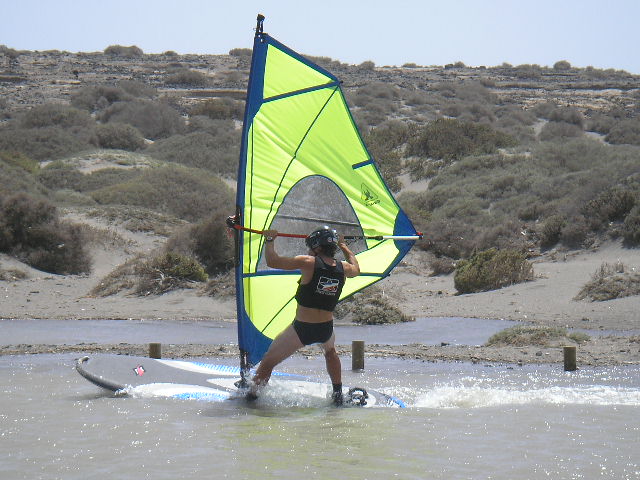
This image is property of howtowindsurf101.com.
Body Positioning and Balance
Maintaining proper body positioning and balance is crucial when windsurfing in strong winds. Position yourself over the board’s centerline, keeping your knees slightly bent and your weight distributed evenly. This stance provides better stability and control, allowing you to maneuver effectively in challenging wind conditions. By keeping your body aligned and balanced, you can prevent falls and maintain control even during strong gusts.
Properly Rigging the Sail
Properly rigging your sail is essential for efficient windsurfing, especially in strong winds. Start by ensuring that the mast, boom, and sail are all properly connected and secured. Adjust the downhaul and outhaul to achieve the appropriate tension according to the wind conditions. Correctly rigging the sail will improve your control over the board, allowing you to perform maneuvers more effectively and with greater stability.
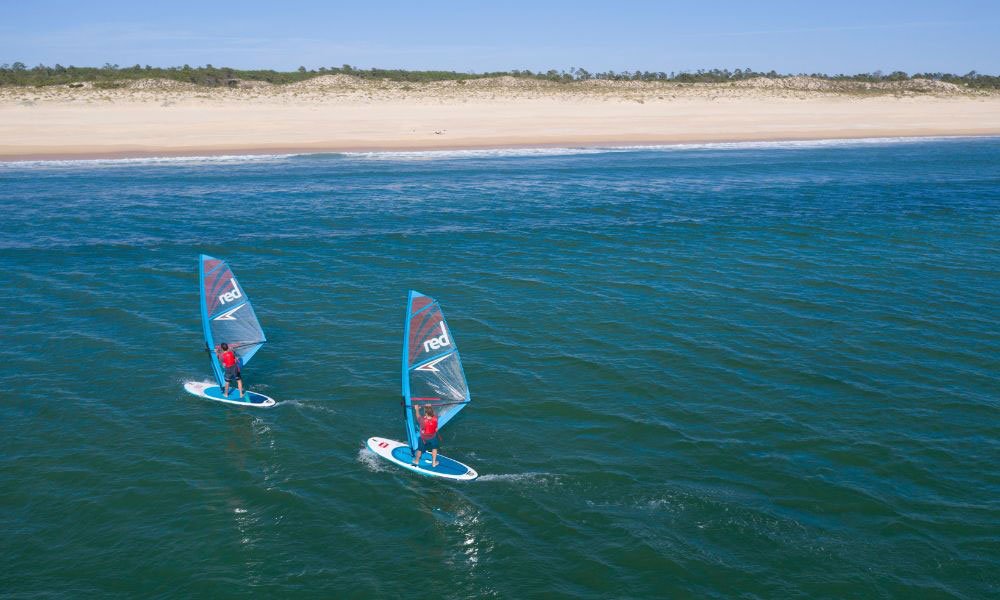
This image is property of greenwatersports.com.
Practicing Safe Maneuvers
When windsurfing in strong winds, it is essential to practice safe maneuvers to minimize the risks associated with sudden gusts or high waves. Start by practicing basic maneuvers such as tacking and gybing in calmer conditions before attempting them in strong winds. Always keep a safe distance from other windsurfers to avoid collisions. Learning and implementing safe maneuvers will help you respond effectively to changing conditions and maintain your safety while windsurfing.
Navigating Hazards
Navigating through hazards is an integral part of windsurfing in any conditions, especially in strong winds. Familiarize yourself with the typical hazards present in your windsurfing location, such as reefs, rocks, or marine traffic. Maintain a safe distance from these hazards to prevent accidents and injuries. It is also crucial to stay vigilant and continuously assess the surroundings to identify any potential hazards that may arise due to fluctuating wind conditions.

This image is property of watersportspro.co.uk.
Emergency Procedures and Rescue Techniques
Understanding and practicing emergency procedures and rescue techniques are essential for any windsurfer, especially when strong winds are involved. If you experience difficulty or find yourself in an emergency situation, it is important to remain calm and focused. Know how to quickly release the sail to prevent any entanglement and how to recover your board in case of a fall. Familiarize yourself with rescue signals and communicate distress effectively, both with other windsurfers and potential rescuers. Being prepared for emergencies will help you respond effectively, ensuring your safety as well as that of others.
Importance of Regular Training and Skill Development
Regular training and skill development are essential aspects of windsurfing, regardless of the wind conditions. Joining a windsurfing school or seeking professional instruction can help you develop the necessary skills and knowledge to face strong winds with confidence. By practicing in a controlled environment, you can improve your techniques, enhance your balance, and learn advanced maneuvers. Continuous training will not only enhance your enjoyment but also contribute to ensuring your safety while windsurfing in strong winds.
In conclusion, windsurfing in strong winds can be an exhilarating experience, but it’s vital to prioritize safety. Understanding the wind conditions, choosing the right equipment, checking your gear, practicing safe maneuvers, and being prepared for emergencies are some of the key safety measures to consider. By following these precautions and continuously improving your skills, you can make the most of your windsurfing adventures while ensuring your safety and the safety of others. So, get out there, catch the winds, and enjoy the thrill of windsurfing with confidence!
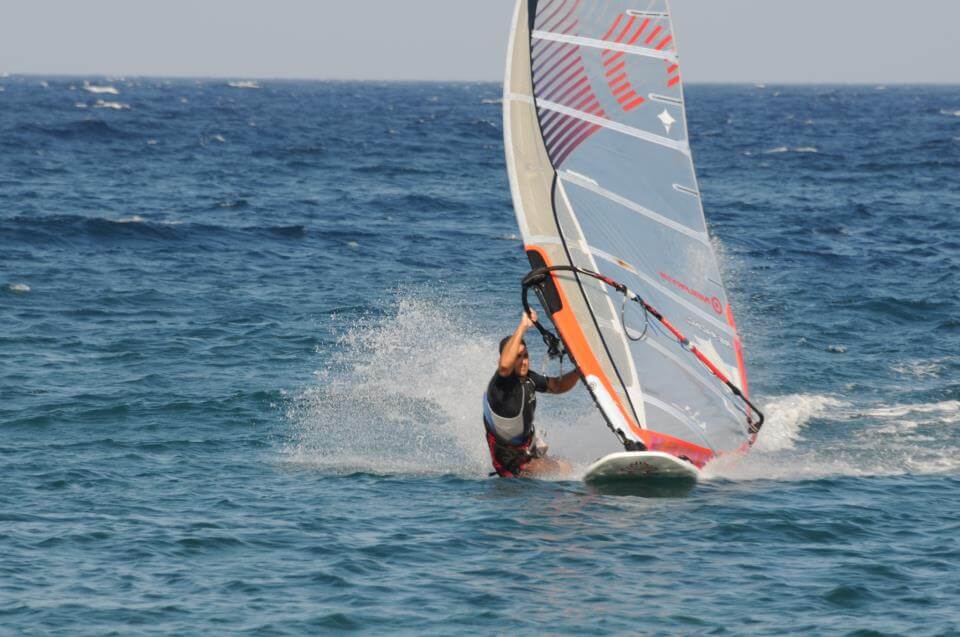
This image is property of www.nemelycenter.com.






